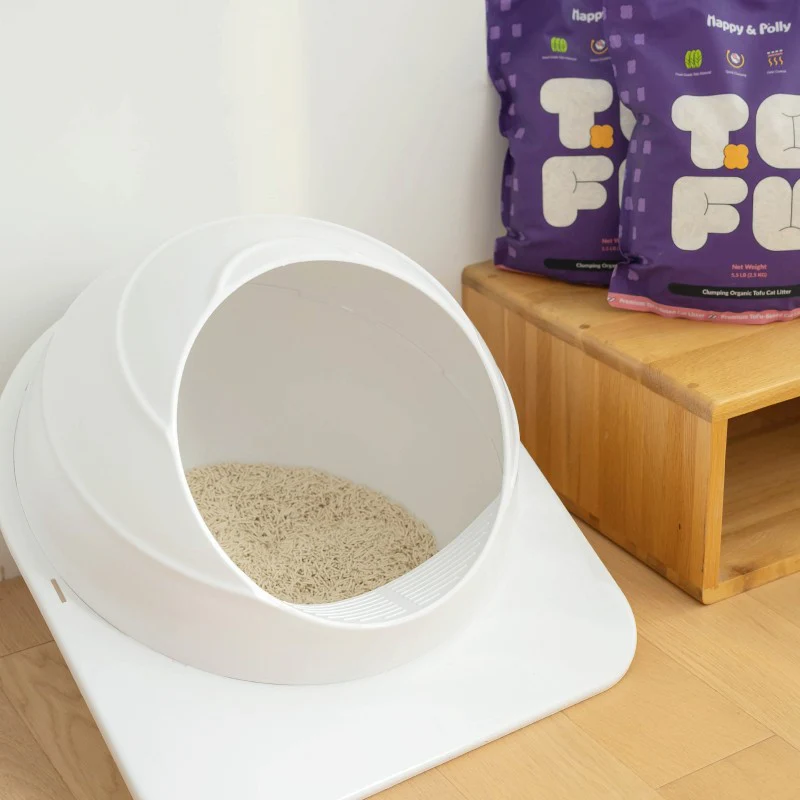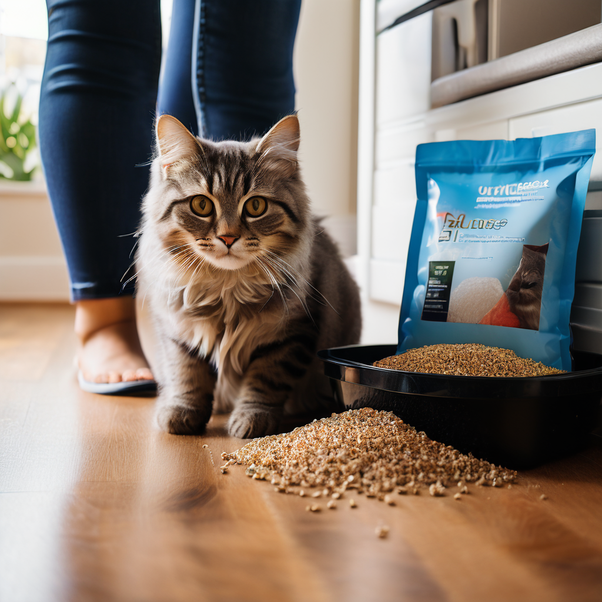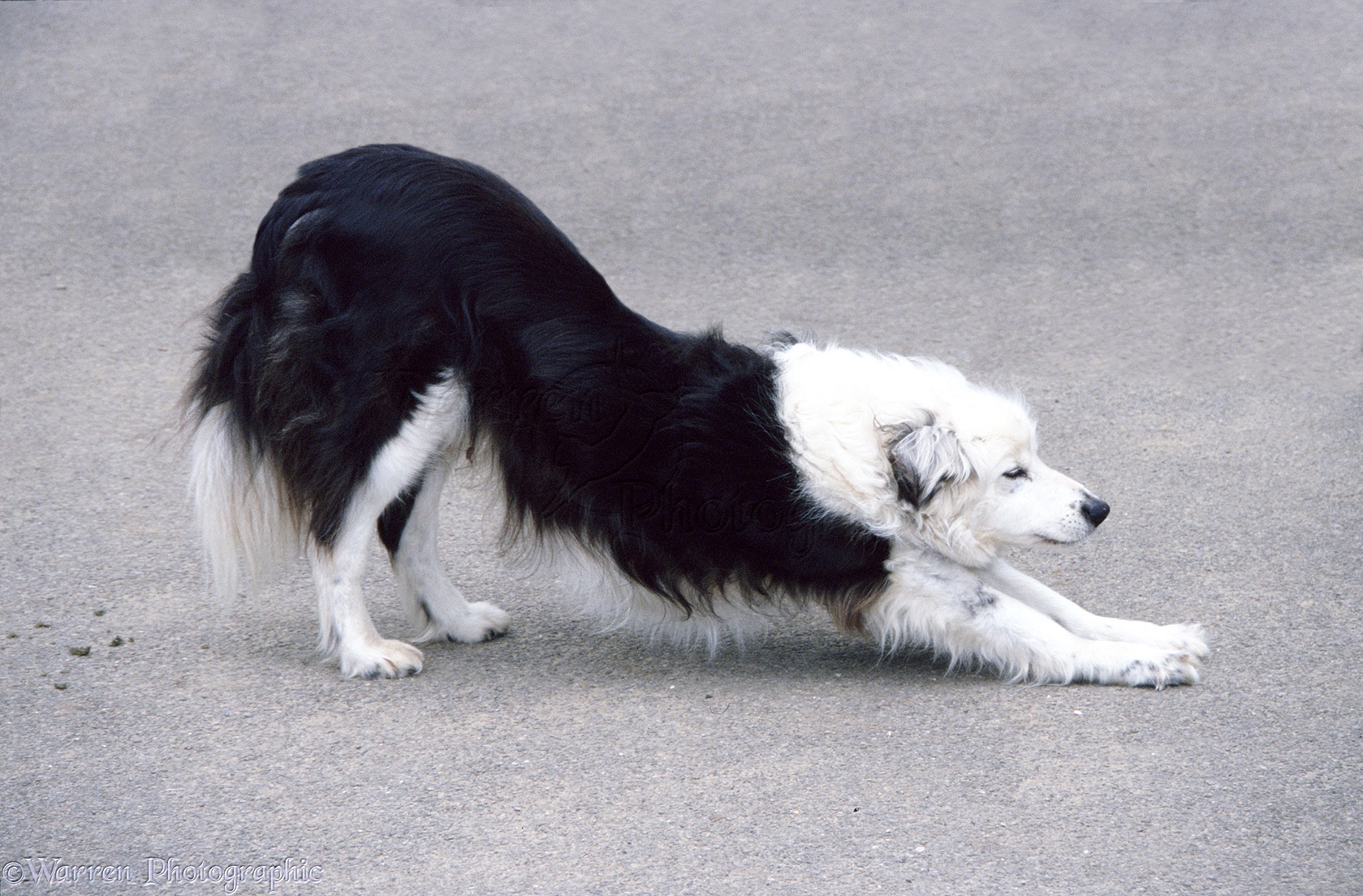I. Understanding Cat Litter Disposal
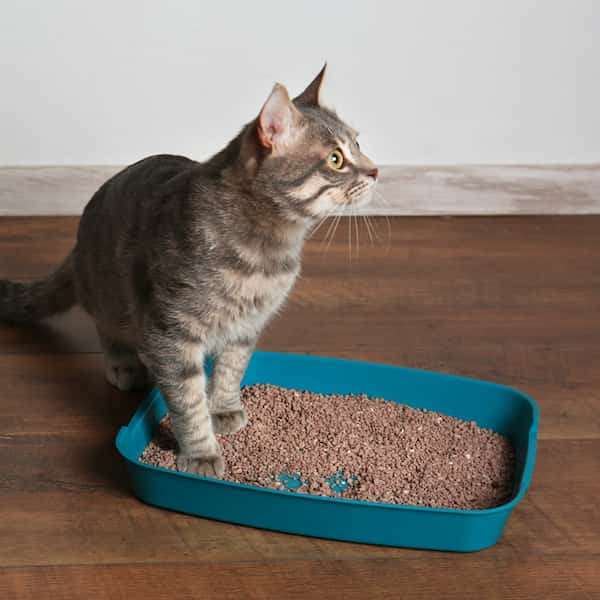
Find best way to dispose of cat litter is essential for maintaining a safe and healthy environment. Understanding the types of cat litter and their disposal requirements, potential environmental and health risks, as well as regulatory guidelines for cat litter disposal, forms the foundation for responsible waste management practices.
A. Types of Cat Litter and their Disposal Requirements
Different types of cat litter have varying disposal requirements. Clay-based litters, silica gel litters, plant-based litters, and biodegradable litters each have specific instructions for safe and environmentally responsible disposal. Understanding these requirements is crucial to minimize the impact of disposed cat litter on the environment.
B. Potential Environmental and Health Risks
Improper disposal of cat litter can pose risks to the environment and public health. Contaminants from cat waste, such as toxoplasma gondii, can harm local ecosystems and wildlife. Additionally, improper disposal may lead to contamination of water sources, soil, and air, presenting potential health hazards to humans and animals.
C. Regulatory Guidelines for Cat Litter Disposal
Regulatory guidelines outline the legal requirements and best practices for cat litter disposal. Authorities and environmental agencies establish standards for proper waste management to safeguard public health and the environment. Understanding and adhering to these guidelines is essential for responsible cat litter disposal.
II. Eco-Friendly Disposal Options
Eco-friendly disposal options for cat litter are becoming increasingly important as individuals seek sustainable waste management solutions. Composting cat litter, biodegradable cat litter disposal, and the use of flushable cat litter are eco-friendly alternatives that minimize the environmental impact of cat waste.
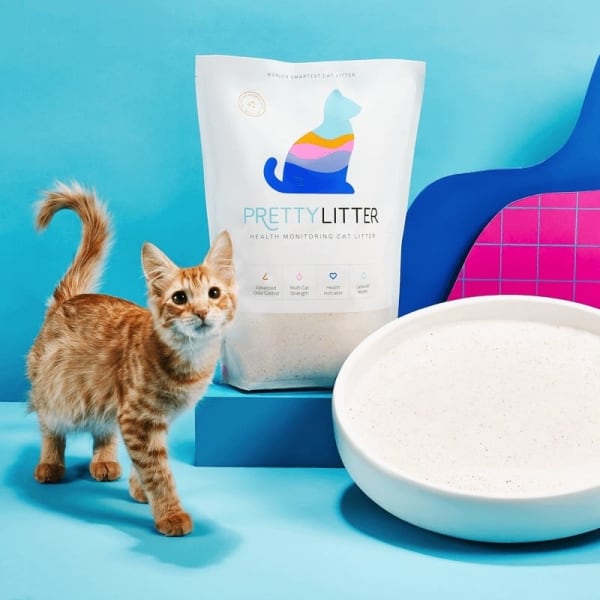
A. Composting Cat Litter
Composting cat litter involves the decomposition of cat waste and biodegradable litter materials. Properly managed composting processes can convert cat waste and biodegradable litter into nutrient-rich compost, which can be safely used in gardens and landscaping, providing an eco-friendly and sustainable approach to cat waste management.
B. Biodegradable Cat Litter Disposal
Biodegradable cat litter disposal involves using litters made from natural, biodegradable materials that break down over time. When disposed of properly, biodegradable cat litters pose minimal environmental impact and contribute to sustainable waste management practices.
C. Use of Flushable Cat Litter
Some cat litters are designed to be flushable, allowing for convenient and hygienic disposal through the sewer system. Flushable cat litter, when used in compliance with local regulations, offers a convenient solution for cat waste disposal and reduces the need for landfill disposal, contributing to environmental sustainability.
III. Landfill Disposal and Safety Considerations
Landfill disposal of cat litter necessitates a strategic and conscientious approach. Utilizing waste management services, employing safe packaging and containment methods, and minimizing contamination and odor impact are key considerations for responsible disposal of cat litter in landfills.
A. Utilizing Waste Management Services
Utilizing waste management services is crucial for proper disposal of cat litter in landfills. Collaborating with reputable waste management providers ensures that cat litter is disposed of in compliance with environmental regulations, minimizing its impact on the surrounding environment and public health.
B. Safe Packaging and Containment Methods
Using safe and secure packaging and containment methods for cat litter disposal is essential to prevent leaks, spills, and odor emissions during transportation and disposal. Proper containment safeguards against environmental contamination and contributes to overall waste management safety.
C. Minimizing Contamination and Odor Impact
Minimizing contamination and odor impact is critical when disposing of cat litter in landfills. Implementing measures to contain and neutralize odors and adhering to waste management protocols for waste segregation and landfill disposal help mitigate potential environmental and public health risks.
IV. Hazardous Waste Management
Cat litter waste is considered hazardous due to potential health and environmental risks. Addressing toxoplasma gondii concerns, proper handling of clay and silica-based litters, and disposal considerations for odor control additives are pivotal in minimizing the impact of cat litter waste as hazardous material.
A. Addressing Toxoplasma Gondii Concerns
Toxoplasma gondii, a common parasite found in cat feces, poses a significant health risk. Proper handling and disposal of cat litter contaminated with toxoplasma gondii are imperative to prevent the possible transmission of the parasite and ensure public health and safety.
B. Proper Handling of Clay and Silica-Based Litters
Clay and silica-based litters, when disposed of in landfills, can pose environmental concerns due to their non-biodegradable nature and potential mineral leaching. Adhering to waste management guidelines for proper handling and disposal of these litters helps mitigate their environmental impact.
C. Disposal Considerations for Odor Control Additives
Disposal considerations for cat litter containing odor control additives are essential to minimize their impact on the environment. Understanding the potential chemical compositions and environmental implications of odor control additives in cat litter is crucial for ensuring safe and responsible waste management practices.
V. Community and Regulatory Compliance
Engaging with community and regulatory entities plays a vital role in ensuring responsible and compliant disposal of cat litter waste. Adhering to local disposal regulations and guidelines, participating in eco-friendly disposal programs, and notifying public health and waste authorities contribute to effective waste management and environmental stewardship.
A. Local Disposal Regulations and Guidelines
Adhering to local disposal regulations and guidelines is fundamental to responsible cat litter waste management. Understanding and complying with specific requirements for landfill disposal, waste segregation, and environmental protection ensures regulatory compliance and minimizes the environmental impact of cat litter waste.
B. Eco-Friendly Disposal Programs
Participating in eco-friendly disposal programs promotes sustainable waste management and encourages responsible disposal practices. Collaborating with eco-friendly waste management initiatives and engaging in recycling and composting programs offers environmentally conscious alternatives to traditional landfill disposal.
C. Notifying Public Health and Waste Authorities
Engaging with public health and waste authorities fosters proactive communication and collaboration for responsible waste disposal. Notifying relevant authorities regarding cat litter waste disposal activities encourages transparency and accountability, facilitating compliance with waste management regulations and promoting environmental stewardship.
VI. Promoting Best Practices for Cat Litter Disposal
Promoting responsible cat litter disposal practices is crucial for minimizing environmental impact and safeguarding public health. Educating cat owners on proper disposal, encouraging sustainable and responsible practices, and engaging in environmental stewardship initiatives are key components for fostering responsible waste management of cat litter.
A. Educating Cat Owners on Proper Disposal
Educating cat owners on proper cat litter disposal is essential for instilling awareness and understanding of responsible waste management practices. Providing guidance on the types of cat litter, disposal methods, and environmental impacts empowers cat owners to make informed decisions and contribute to eco-friendly cat litter disposal.
B. Encouraging Sustainable and Responsible Practices
Encouraging sustainable and responsible practices in cat litter disposal promotes environmentally conscious choices among cat owners. Emphasizing the use of eco-friendly cat litters, advocating for biodegradable and compostable options, and promoting waste reduction strategies cultivates a culture of sustainability and responsible waste management within the cat owner community.
C. Engaging in Environmental Stewardship Initiatives
Engaging in environmental stewardship initiatives enhances collective efforts for responsible cat litter disposal. Collaborating with local environmental organizations, participating in community clean-up initiatives, and supporting waste management programs contribute to the preservation of the environment and foster a sense of environmental responsibility among cat owners.
Proper disposal of cat litter is essential for safeguarding the environment and public health. Understanding the options for eco-friendly disposal, ensuring safe landfill disposal, managing hazardous waste, complying with regulations, and promoting responsible practices are critical for cat owners to make informed decisions regarding cat litter disposal, contributing to a cleaner and healthier environment.
